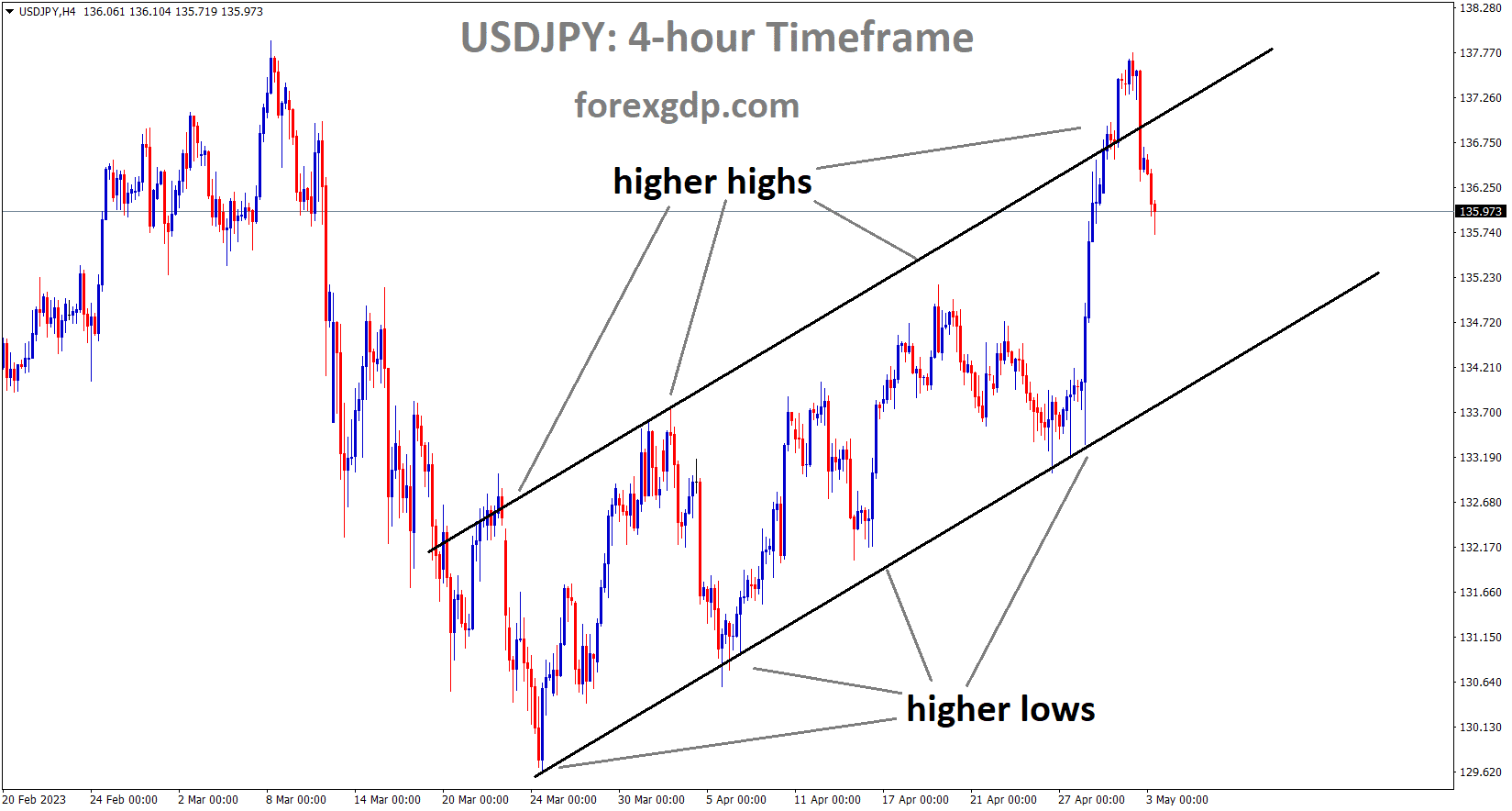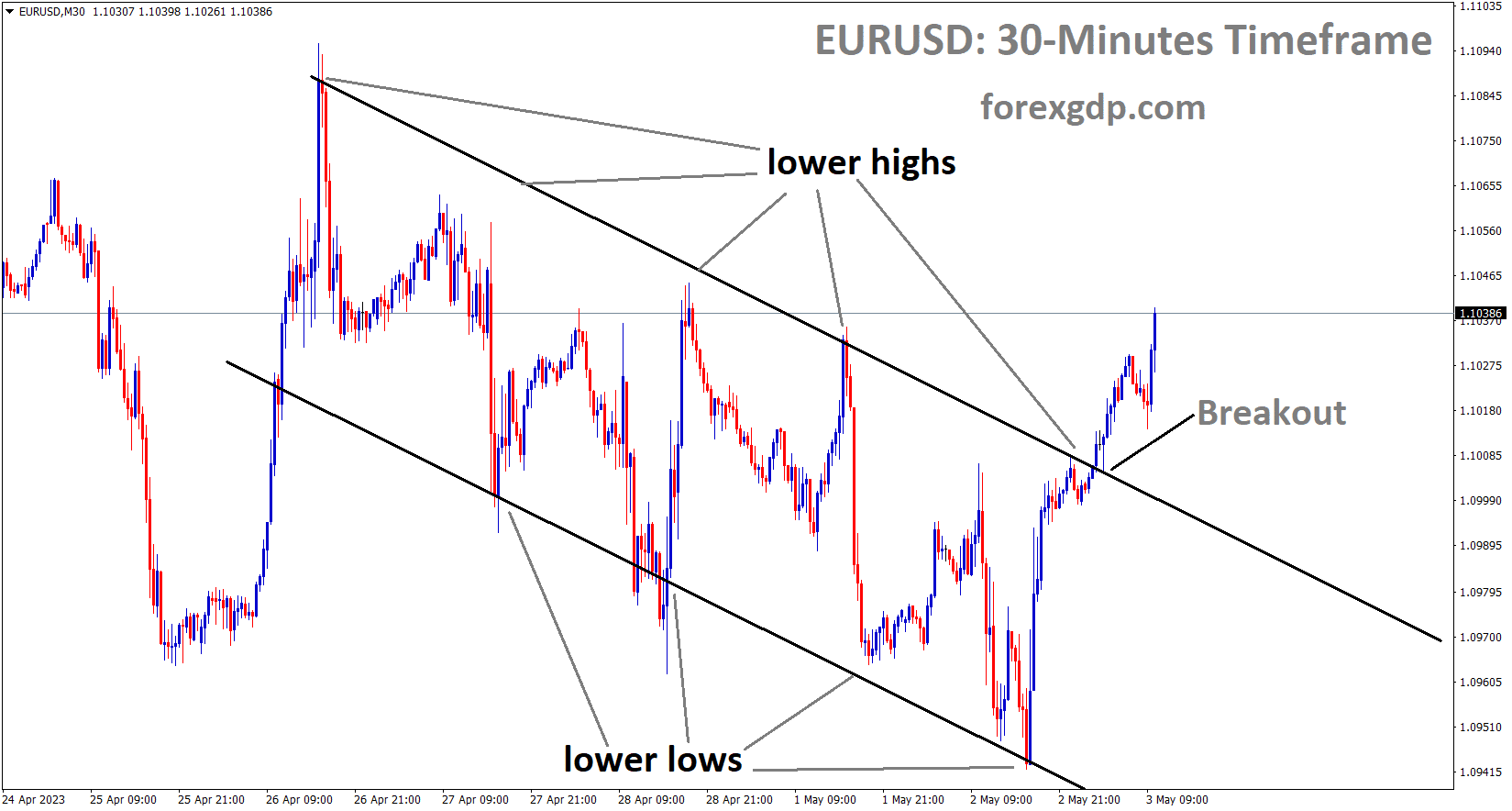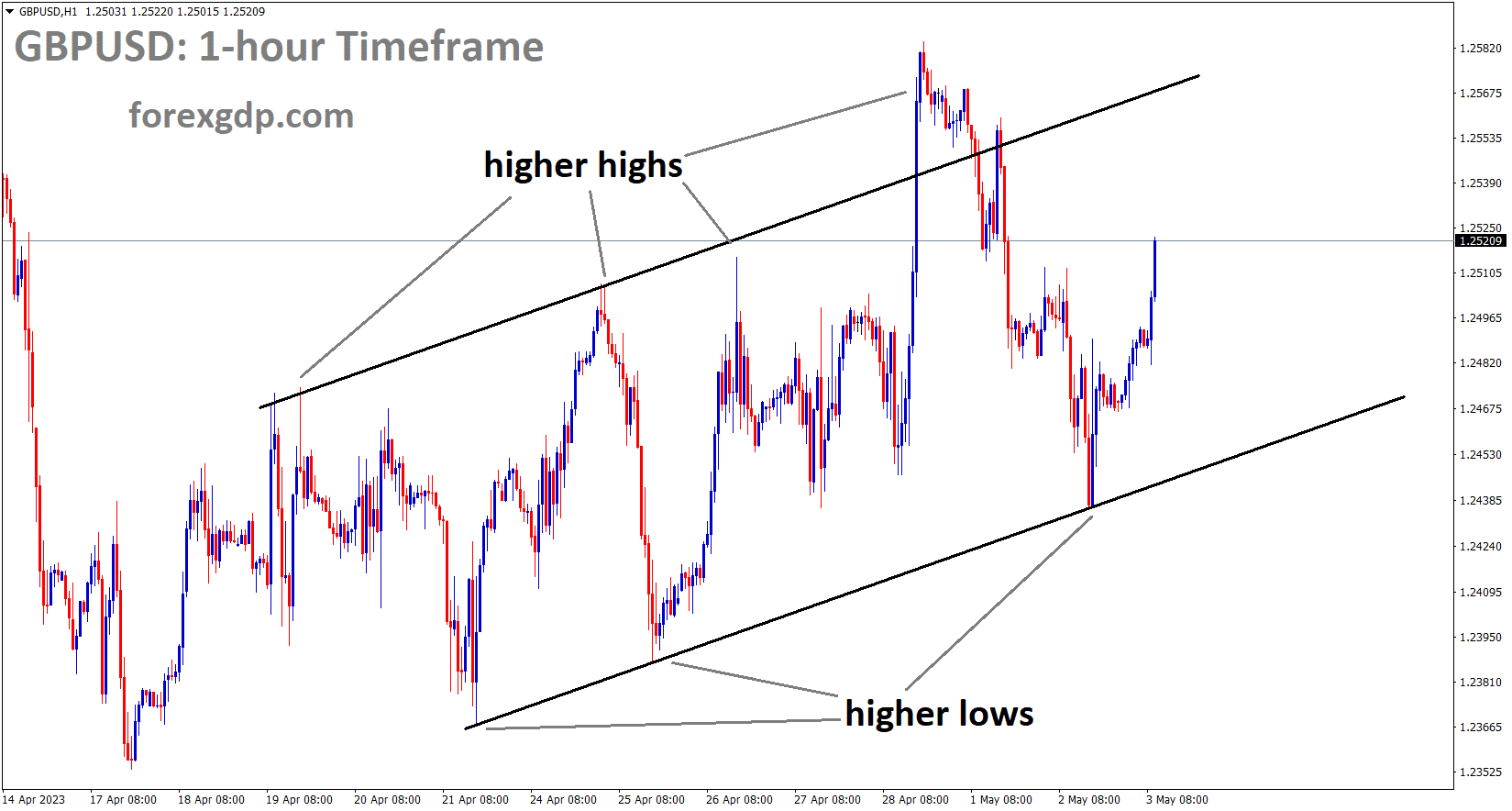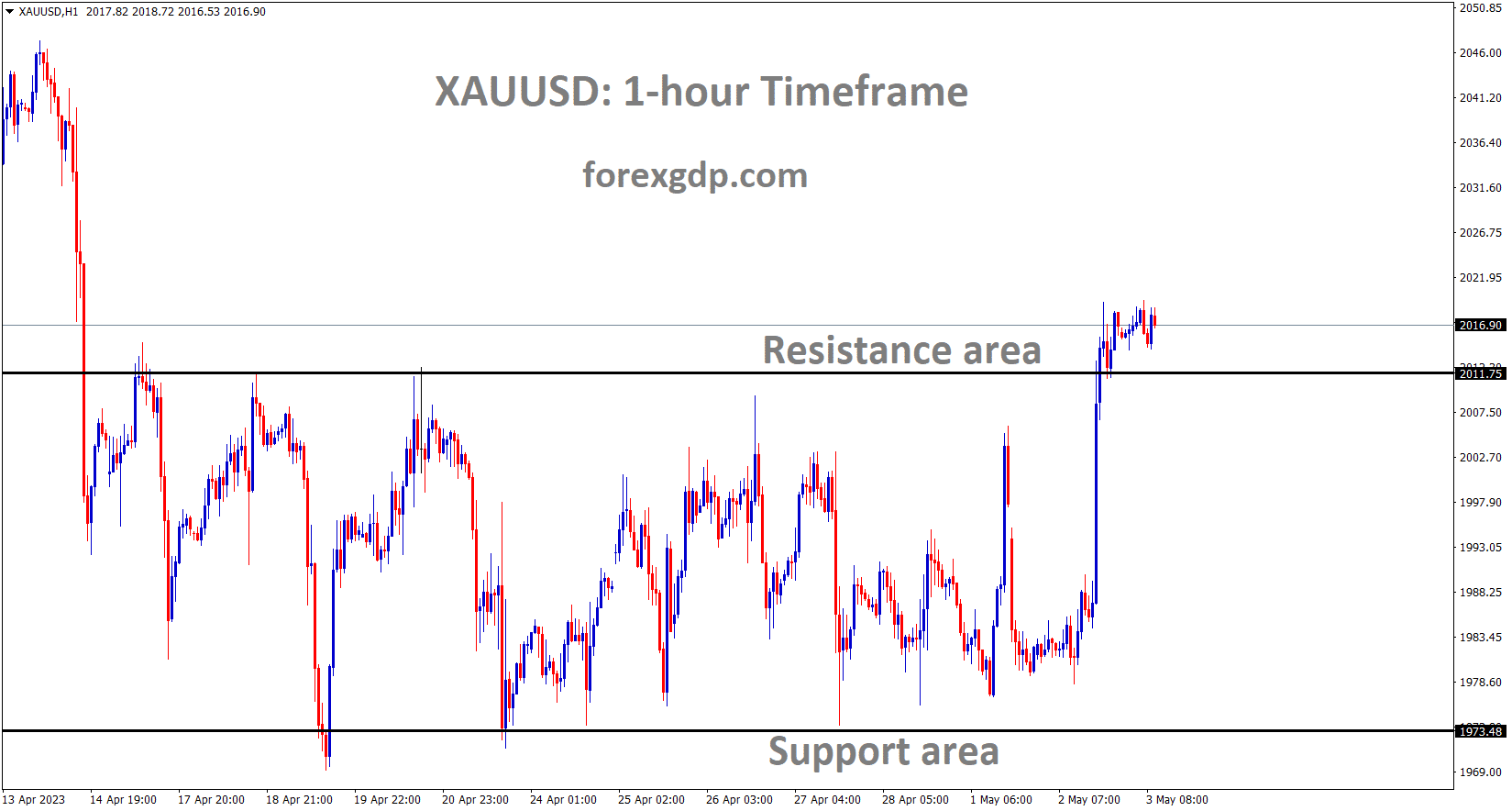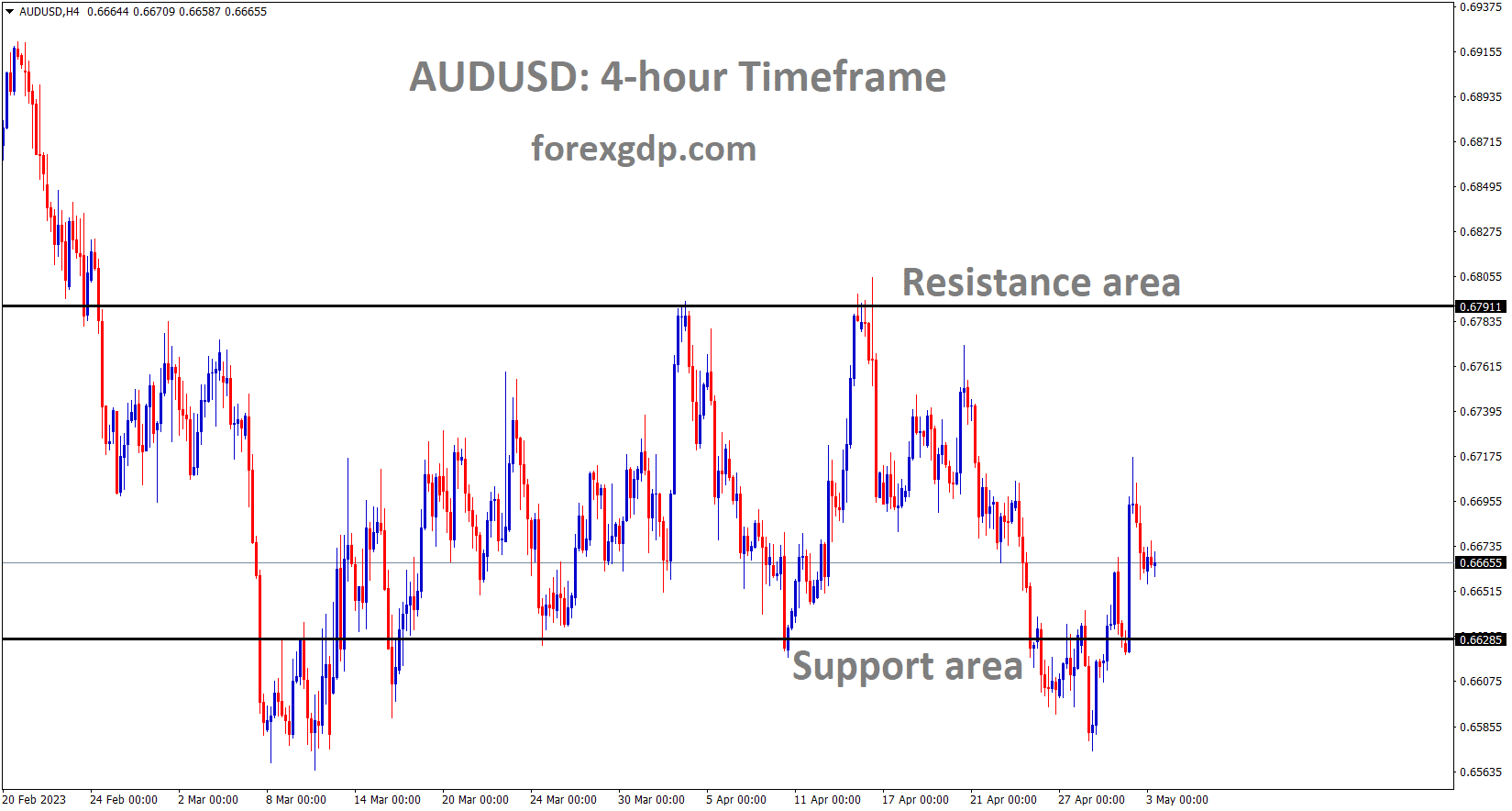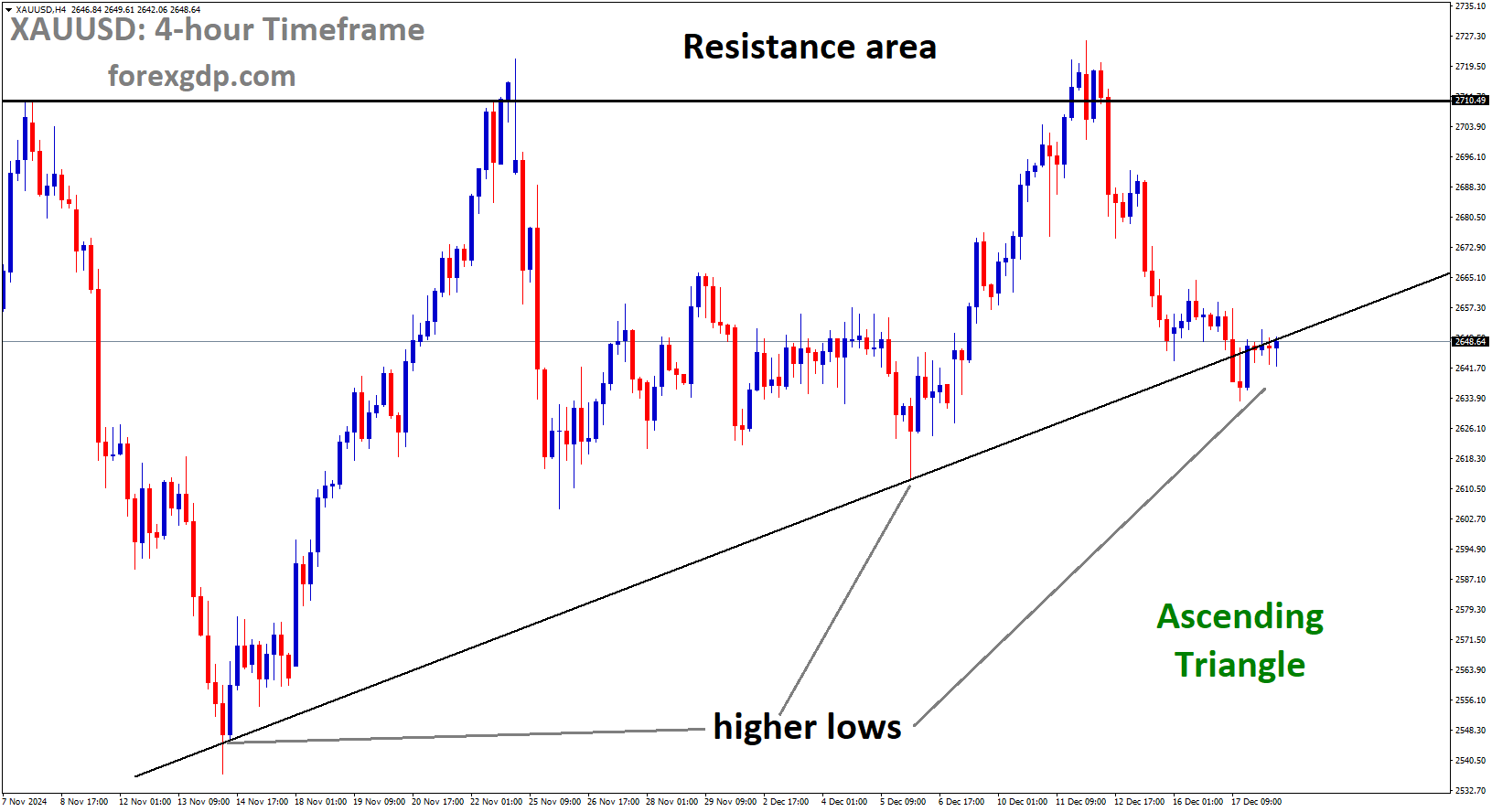USDJPY is moving in an Ascending channel and the market has fallen from the higher high area of the channel.
FED is anticipated to raise rates by 25 basis points in May. First Republic Bank, the third bank in the US to go bankrupt, the FED, and the insurance corporation all worked together to quickly resolve this problem. Businesses and the US government are holding back consumer spending due to a liquidity crisis. If the US FED keeps raising interest rates throughout meetings, the inflation goal will be attained.
The Federal Open Market Committee (FOMC) meeting on May 2-3 is expected to be less tense than previous meetings, despite concerns about the banking system and the approaching X date. The recent liquidation of Silicon Valley Bank (SVB) had initially caused fears of significant deposit shifts and financial difficulties, but the situation has stabilized.

The volatility index has been declining, and inflation remains high but is starting to decline. Analysts are still debating whether the economy will experience a soft landing or a recession by the year-end, which could impact President Joe Biden’s re-election campaign. This article will examine the various factors contributing to the less anxious FOMC meeting, including credit restrictions, quantitative tightening, and data dependence.
Stabilizing Financial Markets
Despite concerns about the banking system, the financial situation has become more stable since the liquidation of SVB. The volatility index, or VIX, of the Chicago Board Options Exchange has been steadily declining over the past month.
EURUSD has broken the Descending channel in upside
Credit conditions are already becoming more restrictive due to previous rate increases, and there are worries that community banks may curtail lending as a result of SVB’s difficulties and pressures in the commercial real estate market. However, it is not yet clear whether the SVB has significantly accelerated the tightening of credit.
Persistent Inflation
Inflation remains high, although it is starting to decline. There is an abundance of inflation data, including headline and core inflation, consumer price index versus personal consumption expenditure, trimmed means, non-housing services, employment costs, and three-month annualized versus year-over-year.

The evidence generally points to underlying inflation remaining stubborn, perhaps in the 4% to 5% range. Although there is still much work to be done to reach the 2% inflation target, inflation is starting to decline.
Interest Rate Increase
Contrary to predictions from a month ago, markets are pricing in a roughly 80% or higher possibility of a 25bp Fed Funds rate increase to 5.25% at the May FOMC meeting due to stability in the financial markets, persistence of price pressures, and ongoing solid activity.
GBPUSD is moving in an Ascending channel and the market has rebounded from the higher low area of the channel
Before the blackout period, Fed speakers generally agreed with and reaffirmed this outlook, and disagreements between the FOMC’s hawks and doves were relatively mild. Although market pricing suggests it should be the peak, markets are restrained in their discussion of whether the May increase will be the final one.
Data Dependence
Powell can expect a less anxious, quieter, and low-key FOMC meeting because of the interaction of various variables, including credit restrictions, quantitative tightening, and data dependence. When asked about the direction the Fed will take in the future.

Powell should be able to respond pretty plausibly by referencing data dependence. Quantitative tightening and credit restrictions will be quietly implemented in the background, assisting the Fed in its work.
Gold Prices and Manufacturing Data
Despite the dollar strengthening on Monday as a result of better-than-expected manufacturing data out of the US, markets are still waiting for the Federal Reserve to decide whether to raise interest rates this week. At $1,980.38 per ounce, spot gold was down roughly 0.5%, reversing gains of almost 1% earlier in the day.
GOLD – XAUUSD is moving in the Box pattern and the market has reached the horizontal resistance area of the pattern
In March, construction spending increased more than anticipated thanks to investments in non-residential structures. According to Jim Wyckoff, senior analyst at Kitco Metals, the metals market was negatively impacted by the stronger-than-expected statistics, which also slightly strengthened the dollar. Since the dollar index increased by 0.5%, foreign investors are less drawn to bullion priced in the dollar. Prior to the start of the U.S. session, gold prices had recovered to touch $2,005 as traders assessed the news that JPMorgan
Acquisition of First Republic Bank’s Assets
Investors will also pay close attention to Fed Chair Jerome Powell’s news conference to see if his remarks, given the recent banking instability and warnings of an impending recession, delay market expectations of rate reduction before the end of the year. JPMorgan Chase & Co’s acquisition of the majority of First Republic Bank’s assets following regulators’ weekend seizure of the insolvent lender has provided some relief to the market. However, it is still uncertain how this acquisition will impact the banking system and the economy in the long run.
Potential Economic Slowdown
The US economy is showing indications of slowing down, particularly in manufacturing, but for the time being, activity is remaining steady. The purchasing managers’ index for services and non-farm payrolls both had positive growth.
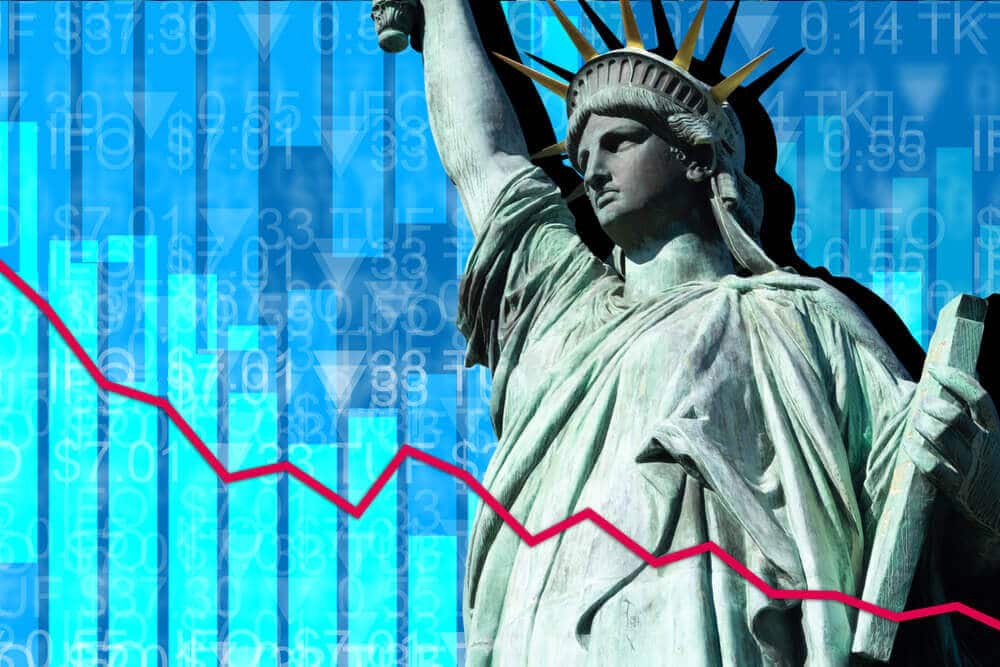
Data on the first quarter’s gross domestic product indicate that the American consumer is still very much alive. While some still maintain a soft landing is still possible, forecasters continue to push back expectations of when a US recession might start, now increasingly focusing on year-end, which may not be the best time for President Joe Biden’s re-election campaign.
Market Uncertainty
Although the FOMC meeting in May is expected to be low-key, market uncertainty remains. Concerns about the banking system and the approaching X date, the deadline by which the US Treasury will no longer be able to meet its financial obligations, could still cause upheaval.
AUDUSD is moving in the Box pattern and the market has rebounded from the horizontal support area of the pattern
Analysts worry that community banks may severely curtail lending, which could freeze economic development. The future of inflation and interest rates also remains uncertain, with the possibility of several Fed cuts throughout the year.
In conclusion, the May FOMC meeting is expected to be less tense than previous meetings, with the various factors contributing to a more stable financial market. However, market uncertainty remains, and the future of inflation and interest rates is uncertain. The potential economic slowdown and concerns about the banking system and X date could still cause upheaval in the market. As always, the Fed’s decision will depend on the data, and Powell’s remarks will be closely watched by investors.
Don’t trade all the time, trade forex only at the confirmed trade setups.
Get Live Free Signals now: forexgdp.com/forex-signals/

